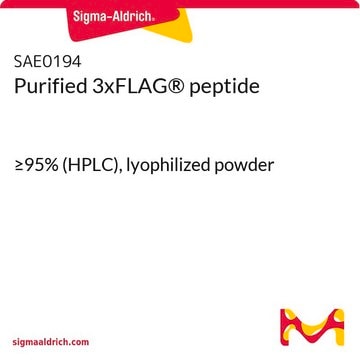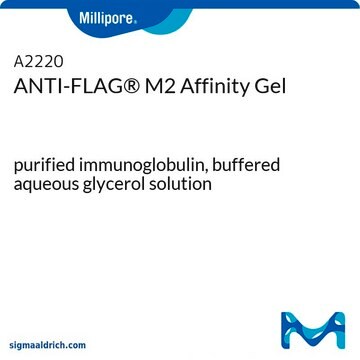The kit is intended to measure purified SIRT1 activity and to screen the efficacy of inhibitors and activators. However, it has also been cited to assess SIRT1 enzymatic activity in cell lysates, including mice tissue lysates. The following citation may be of interest for reference:
Heliyon. 2024 Sep 4;10(17):e37083.








